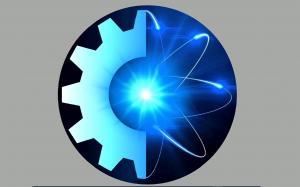The community-driven strategic plan—the fruit of a 15-month collaborative effort—is designed to help the Fusion Energy Sciences Advisory Committee (FESAC) fulfil a US Department of Energy (DOE) charge for the development of a long-range strategy for the DOE Fusion Energy Sciences program.
The
charge, dated 30 November 2018, requested the American Physical Society's Division of Plasma Physics (DPP) to begin by surveying the scientific community broadly; this was executed through group discussions, webinars, town halls, focus groups, and dedicated workshops initiated by the DPP's Community Planning Process (documented
here). Now, in a second phase, a FESAC subcommittee will use the input from the Community Plan to develop a long-term plan to submit to the US DOE by December 2020.
The 200-page
Community Plan for Fusion Energy and Discovery Plasma Sciences reflects the strong sentiment within the community that future research in the areas of fusion science and plasma physics should be driven by the goal of constructing fusion pilot plant on US soil. In this, and in the report's recommendation to remain a partner in ITER in order to fully reap the benefit of participation in the world's first burning plasma experiment, the recommendations in the Community Plan are broadly consistent with the
National Academies Burning Plasma report published in late 2018.
The report establishes a set of milestones that the US fusion community has agreed should be pursued in its effort to create practical fusion energy:
- Start immediately on the pre-conceptual design for a new US tokamak facility for operation by the end of the decade;
- Develop a shared neutron source facility for research on fusion materials;
- Maintain participation in the international ITER program and expand public-private collaboration in the United States to accelerate research in fusion materials and technology;
- Leverage advanced computing technologies for better understanding and modelling;
- Embrace innovation in developing solutions to well-known fusion challenges.
As ITER Director-General Bernard Bigot observes: "For every ITER Member, getting the highest return on investment from the ITER Project in its future operational phase requires having a corresponding well-structured domestic program. It is deeply gratifying to see the results of this community-based multi-sector effort in the US, as a substantial step toward establishing a robust US fusion program."
A Community Plan for Fusion Energy and Discovery Plasma Sciences can be downloaded
here.


